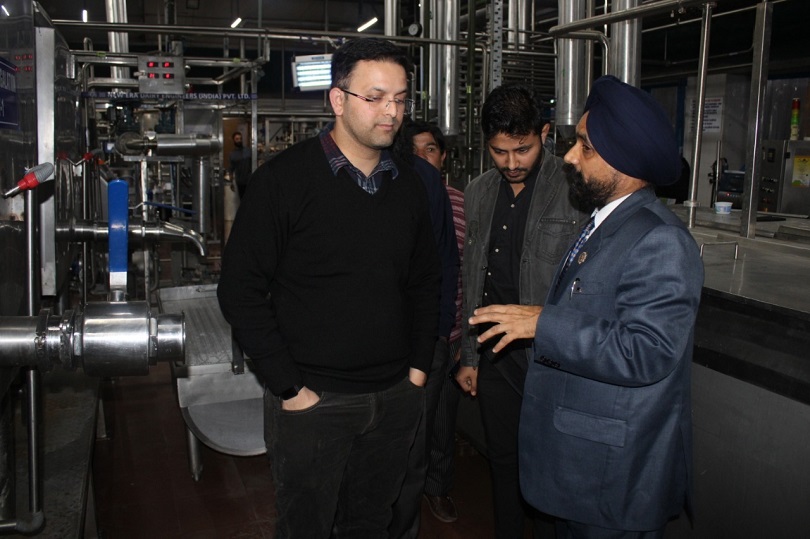
OVER a span of three days, one Kashmiri Pandit and two migrant labourers were killed, the latter in a grenade attack. The Kashmiri Pandit Puran Krishan Bhat was outside his house at Chowdhary Gund village in Shopian when he was shot dead. Suddenly it seems like yesterday once more in Kashmir. The situation is back on edge. The air is again thick with mounting uncertainty and the prospect for the weeks and months ahead again appears grim.
The killings have been condemned by the political leadership across the board. The renewed attacks on civilians have taken people by surprise. They have taken place following a peaceful pause. Though successive killings of militants by the security forces give a sense that militancy may be on its way out in Kashmir, the recent spurt in attacks and the violence tell a different story. It shows there has been simultaneous replenishment of the depleted militant ranks through fresh recruitment and the influx of militants from across the border – a trend that has stayed constant over the past three decades. This is why while public unrest and stone-pelting have by and large since the revocation of Article 370 in August 2019, militancy has continued unabated. And there is little sign that the situation on this score will change for the better anytime soon.
The attacks on minorities and migrant labourers have emerged as a disturbing new pattern. This has been a source of deep worry for the security forces, who can’t protect each and every migrant or Kashmiri Pandit. The greater success in the killings of militants has been no deterrent. According to an estimate, more than 500 militants, most of them local youth, have been killed since the withdrawal of J&K’s semi-autonomy. Though the new estimates have put the number of militants under 200 – the first time the figure has fallen below this important psychological threshold – there has been little reduction in the levels of violence.
As has been the case in the last 30 years, the situation in Kashmir can take nasty, unpredictable turns and defy control. And that these killings are happening at a time when there has been unprecedented security domination testifies to this fact. In Kashmir, it is the exception that passes off as normal. The reaction to these killings has been predictable. There have been routine condemnations. The sections of media have either played the killings up or ignored them. But the situation cannot be allowed to go on regardless. The killings in Kashmir need to be stopped. And a security-centric approach seems to have reached its limits. It is time for politics and political outreach in Kashmir.
Follow this link to join our WhatsApp group: Join Now
Be Part of Quality Journalism |
Quality journalism takes a lot of time, money and hard work to produce and despite all the hardships we still do it. Our reporters and editors are working overtime in Kashmir and beyond to cover what you care about, break big stories, and expose injustices that can change lives. Today more people are reading Kashmir Observer than ever, but only a handful are paying while advertising revenues are falling fast. |
| ACT NOW |
| MONTHLY | Rs 100 | |
| YEARLY | Rs 1000 | |
| LIFETIME | Rs 10000 | |










